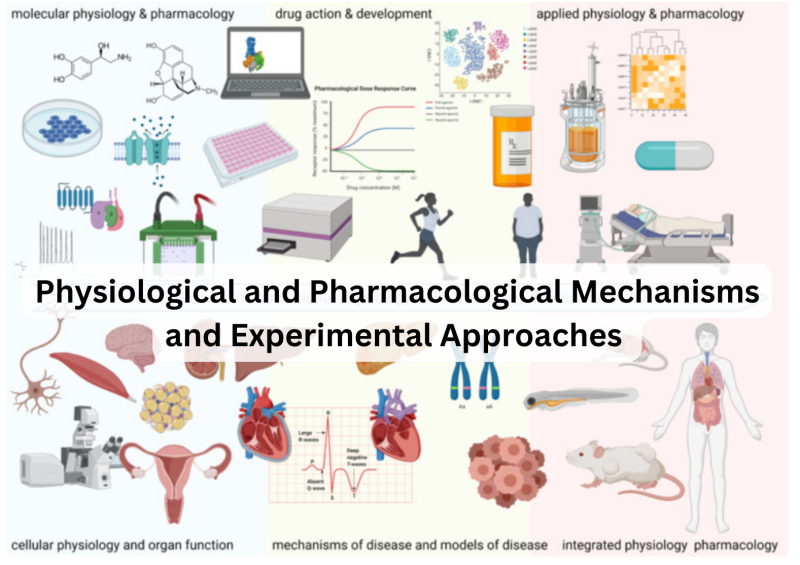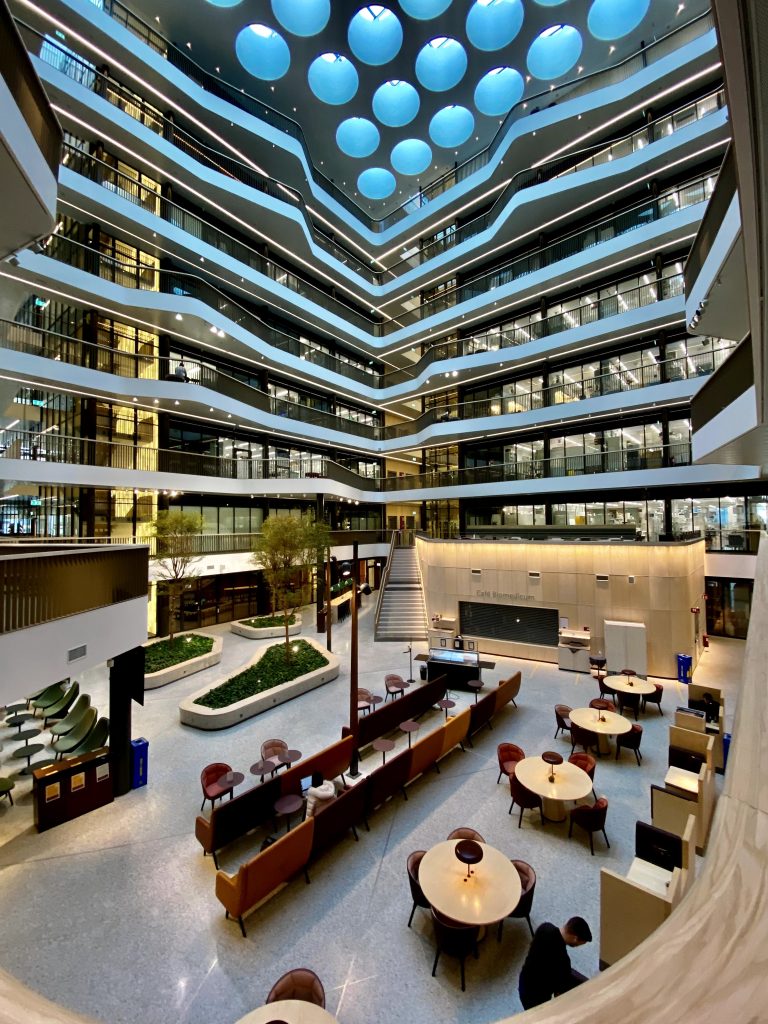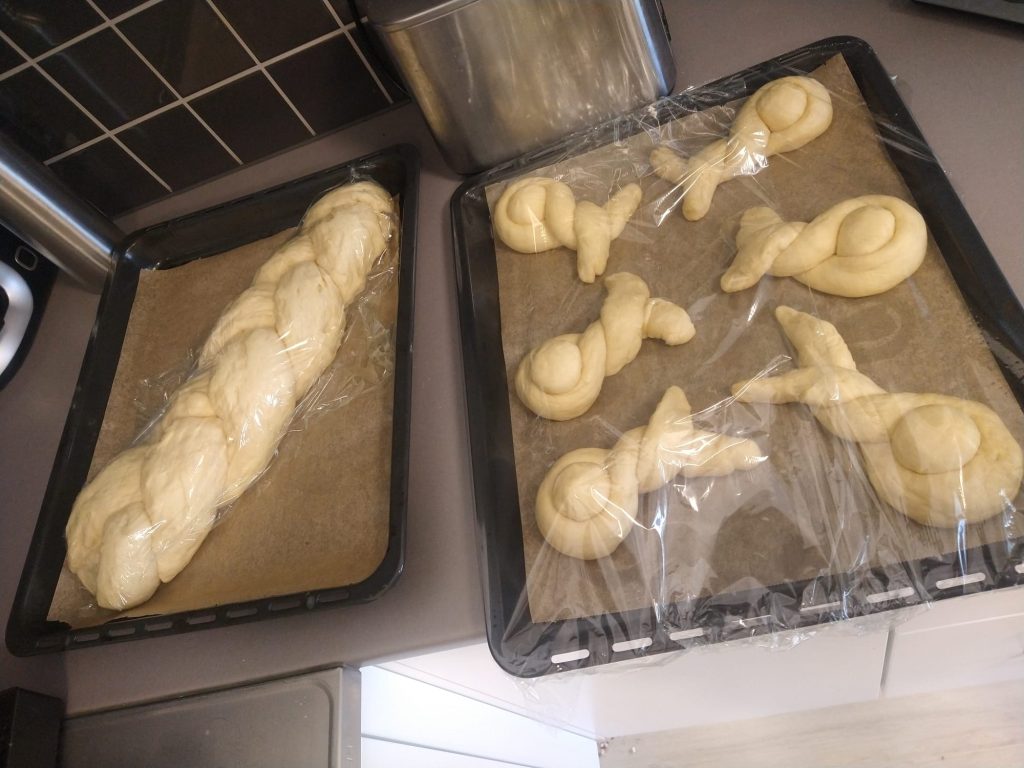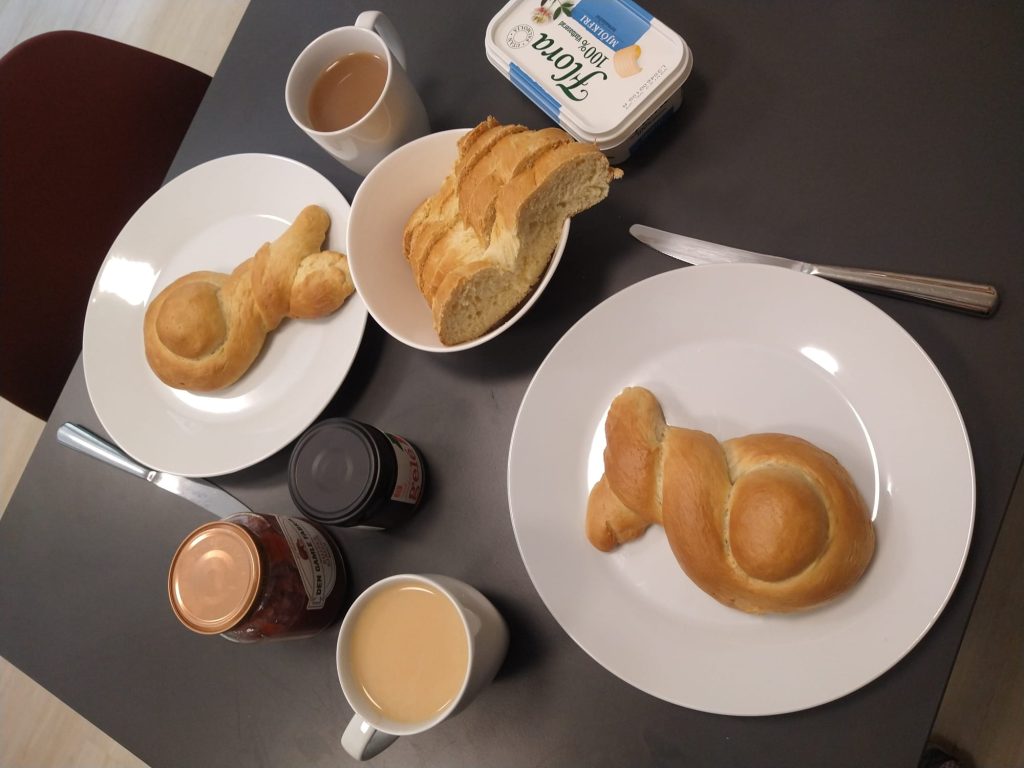
Mechanisms and Experimental Approaches course – best course so far? Part 1
This blog post is about the Physiological and Pharmacological Mechanisms and Experimental Approaches course, which is part of the second semester of MSc in Translational Physiology and Pharmacology programme. This has been my favourite course so far in the programme, based on what we’ve learned and how we’ve learned it. So let me tell you more about what it looked like!
1. Lots of models to learn about – from cells to humans
As the name suggests, this course is all about experimental methods and how they are used in research. The course started with lectures on topics that ranged from cell models to human clinical trials and diagnostic tests. These lectures highlighted several techniques and methods as well as all the types of different models used. We also looked at disease-specific models such as Alzheimer’s disease, metabolic diseases and depression. These were all presented by the experts in the field with examples from their own work, both current and previous.
2. Visits to Biomedicum
As part of the course we had a chance to visit some facilities at the Biomedicum to see more of the methods in practise. For example, we were able to tour the Biomedicum Imaging Core, where most of the state-of-the-art microscopes and other imaging systems are housed e.g. in vivo imaging, scanning and confocal microscopes. We also had a chance to visit the developmental biology and regenerative medicine department, where we looked at some examples of the most common methods used in this field. Overall, it was great to see how things are done in the Biomedicum and what facilities they have. Also very useful to think about for the second year, when we have project work ?

3. Seminars working on a specific disease
After the lectures were finished, we continued in team-based learning mode for a few weeks. This meant that we were again divided into groups of 6 and assigned a specific disease to research. For example, my group was looking at pain. For the first seminar we had to present all the models used in pain research with their pros and cons. In the second seminar we had to then build on that knowledge and propose a new drug target for treating a specific pain-related condition. All in all, these seminars offered some good discussions and helped to put the theory into more of a practical context. Make sure not to miss these!
4. Exam time over Easter!
At the end of the first part of the course, we had a 4 hour written exam on all the lectures and seminars that we’d had covered. Timing-wise our exam was the day after Easter Monday, which meant that we had four days of uninterrupted studying. Of course, we managed to find a way to still celebrate a little bit. We had a de-stressing baking session with friends just the day before.


On the day of the exam, in true exam fashion, not everything goes according to the plan: we almost had to hand-write the entire 4 hour exam due to a problem with the login into the exam system. We were already given pens and paper with the questions. But as luck would have it, when I had started answering the questions and had just finished my first sentence, the system started to work again! And everyone was relieved to switch over to the online version. Yay!
As this was quite a long course, I decided to break my experience up into smaller sections. So keep an eye out for part 2 of this post that continues to talk more about the second half of the course and what we got up to then!

Karolina - Translational Physiology and Pharmacology
I am Karolina and I am a digital ambassador and a blogger for the Master’s Programme in Translational Physiology and Pharmacology here at KI. I was born and raised in Estonia, but for the past five years I have lived in the UK where I studied biomedical sciences with a focus on pharmacology. Outside of school I like baking with friends as well as doing water sports. When the weather starts to get warmer, I look forward to kayaking through Stockholm's world-famous archipelago.

1 comments